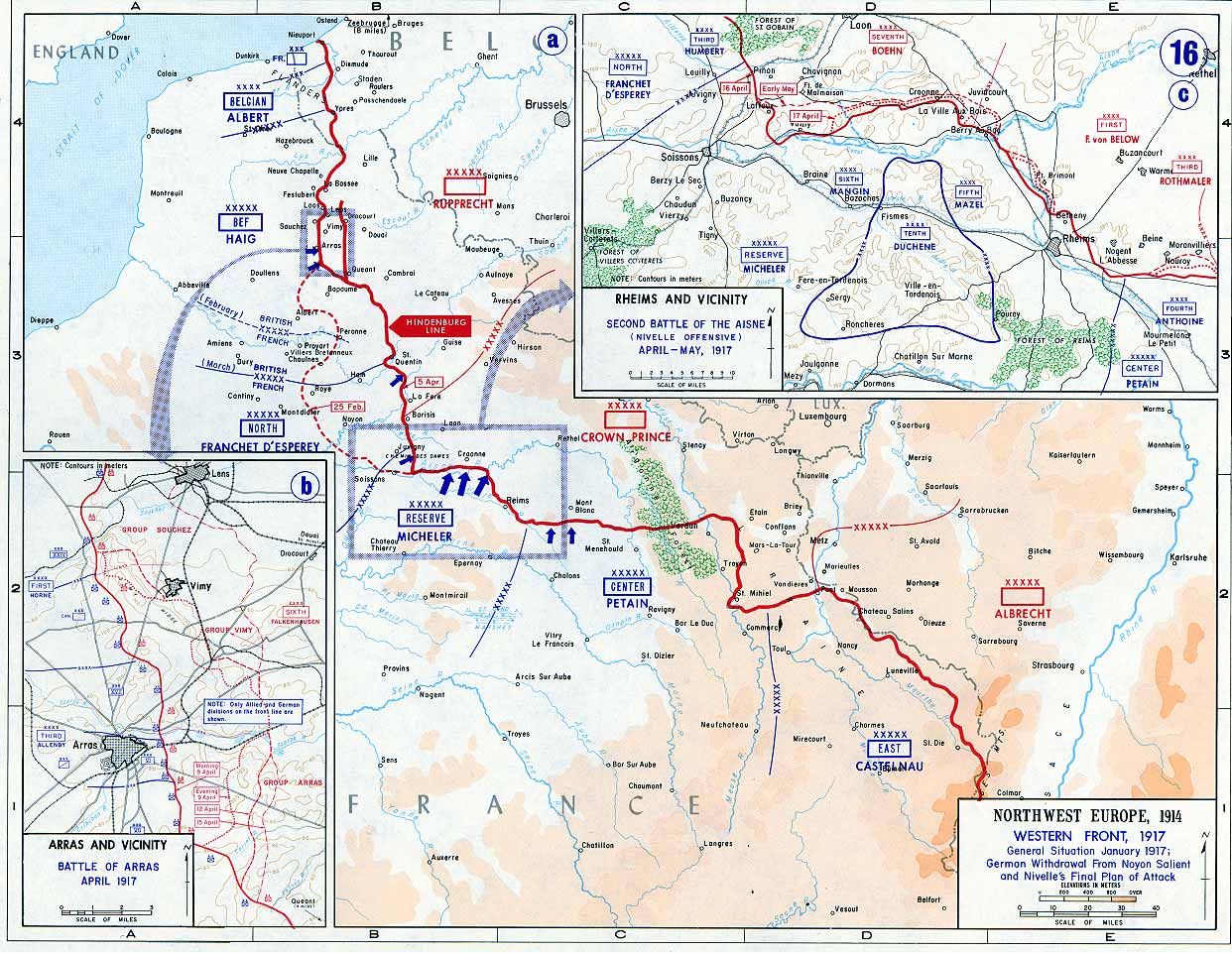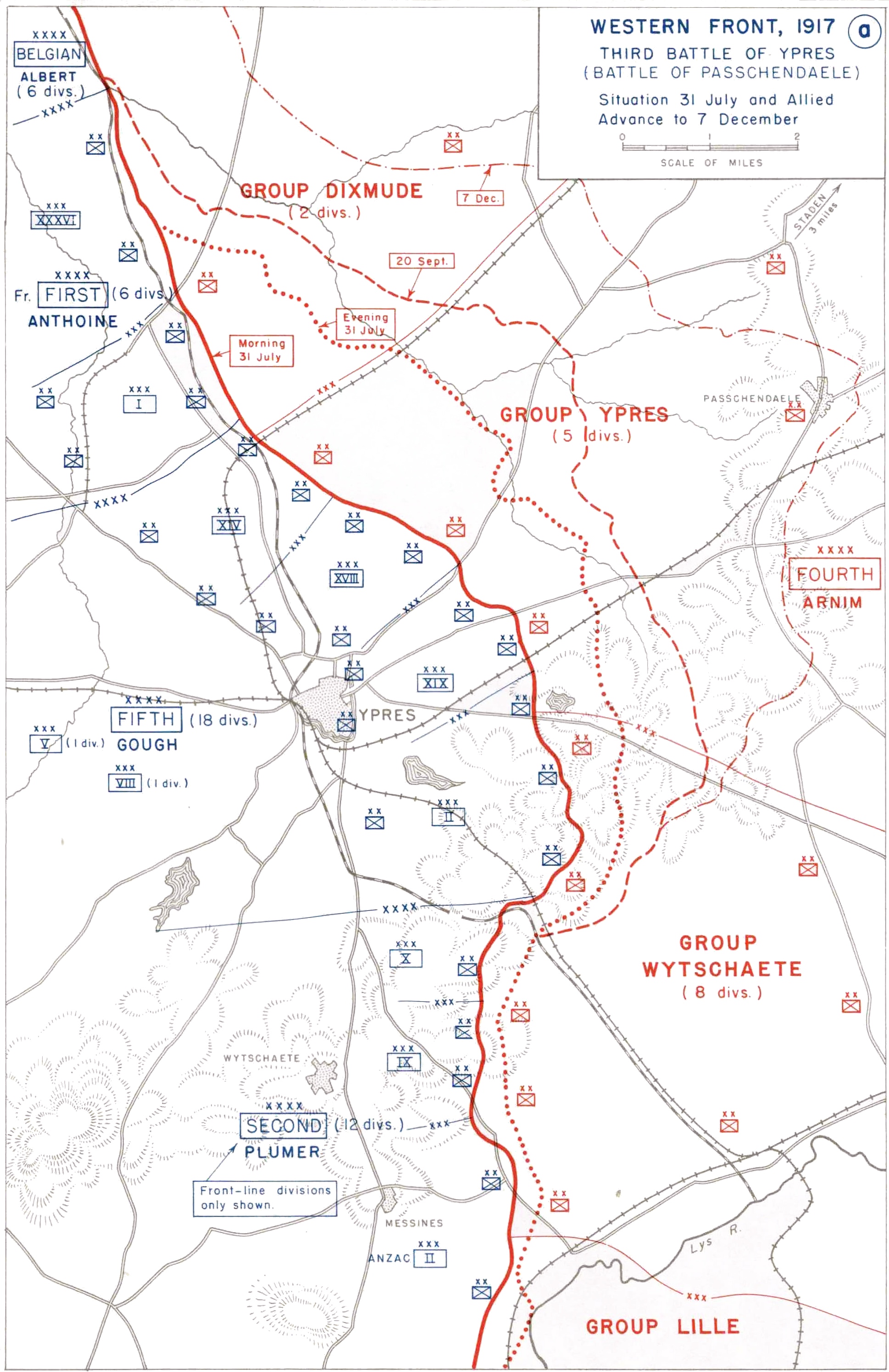|
The Vancouver Regiment
The Vancouver Regiment was an infantry regiment of the Non-Permanent Active Militia of the Canadian Militia (now the Canadian Army). The regiment was formed in 1924 when the 1st British Columbia Regiment (Duke of Connaught's Own) was Reorganized into three separate regiments. In 1936, the regiment was Amalgamated with The Irish Fusiliers of Canada to form The Irish Fusiliers of Canada (The Vancouver Regiment) (now part of The British Columbia Regiment (Duke of Connaught's Own)). Lineage of the Vancouver Regiment * Originated on 15 May, 1924, in Vancouver, British Columbia, when the 1st British Columbia Regiment (Duke of Connaught's Own) was Reorganized into three separate regiments: the 1st British Columbia Regiment (Duke of Connaught's Own), The Westminster Regiment; and The Vancouver Regiment. * Amalgamated on 1 June, 1936, with The Irish Fusiliers of Canada and Redesignated as the Irish Fusiliers (Vancouver Regiment) (later The Irish Fusiliers of Canada (Vancouver Regim ... [...More Info...] [...Related Items...] OR: [Wikipedia] [Google] [Baidu] |
Canada
Canada is a country in North America. Its ten provinces and three territories extend from the Atlantic Ocean to the Pacific Ocean and northward into the Arctic Ocean, covering over , making it the world's second-largest country by total area. Its southern and western border with the United States, stretching , is the world's longest binational land border. Canada's capital is Ottawa, and its three largest metropolitan areas are Toronto, Montreal, and Vancouver. Indigenous peoples have continuously inhabited what is now Canada for thousands of years. Beginning in the 16th century, British and French expeditions explored and later settled along the Atlantic coast. As a consequence of various armed conflicts, France ceded nearly all of its colonies in North America in 1763. In 1867, with the union of three British North American colonies through Confederation, Canada was formed as a federal dominion of four provinces. This began an accretion of provinces an ... [...More Info...] [...Related Items...] OR: [Wikipedia] [Google] [Baidu] |
Hindenburg Line
The Hindenburg Line (German: , Siegfried Position) was a German defensive position built during the winter of 1916–1917 on the Western Front during the First World War. The line ran from Arras to Laffaux, near Soissons on the Aisne. In 1916, the Battle of Verdun and the Battle of the Somme left the German western armies () exhausted and on the Eastern Front, the Brusilov Offensive had inflicted huge losses on the Austro-Hungarian armies and forced the Germans to take over more of the front. The declaration of war by Romania had placed additional strain on the German army and war economy. The Hindenburg Line, built behind the Noyon Salient, was to replace the old front line as a precaution against a resumption of the Battle of the Somme in 1917. By wasting the intervening ground, the Germans could delay a spring offensive in 1917. A shortened front could be held with fewer troops and with tactical dispersal, reverse-slope positions, defence in depth and camouflage, Germ ... [...More Info...] [...Related Items...] OR: [Wikipedia] [Google] [Baidu] |
Battle Of Drocourt-Quéant Line
The Drocourt-Quéant Line () was a set of mutually supporting defensive lines constructed by Germany between the French towns of Drocourt and Quéant during World War I. This defensive system was part of the northernmost section of the Hindenburg Line, a vast German defensive system that ran through northeastern France. It was attacked and captured by Canadian and British troops in the closing months of the war as part of Canada's Hundred Days of successful offensive campaigning that helped end the war. Description The Drocourt–Quéant Line ran between the French cities of Drocourt and Quéant and was part of a defensive system that ran from a point within the Hindenburg Line, eleven miles west of Cambrai, northward to within seven miles west of Douai and terminated along the front east of Armentières. The Drocourt–Quéant Line was a system in depth and incorporated a number of mutually supporting lines of defence. The system consisted of a front line system and a suppo ... [...More Info...] [...Related Items...] OR: [Wikipedia] [Google] [Baidu] |
Battle Of Amiens (1918)
The Battle of Amiens, also known as the Third Battle of Picardy (french: 3ème Bataille de Picardie), was the opening phase of the Allied offensive which began on 8 August 1918, later known as the Hundred Days Offensive, that ultimately led to the end of the First World War. Allied forces advanced over on the first day, one of the greatest advances of the war, with Gen Henry Rawlinson's British Fourth Army (with 9 of its 19 divisions supplied by the fast moving Australian Corps of Lt Gen John Monash and Canadian Corps of Lt Gen Arthur Currie) playing the decisive role. The battle is also notable for its effects on both sides' morale and the large number of surrendering German forces. This led Erich Ludendorff to later describe the first day of the battle as "the black day of the German Army". Amiens was one of the first major battles involving armoured warfare. Prelude On 21 March 1918, the German Army had launched Operation Michael, the first in a series of attacks ... [...More Info...] [...Related Items...] OR: [Wikipedia] [Google] [Baidu] |
Battle Of Passchendaele
The Third Battle of Ypres (german: link=no, Dritte Flandernschlacht; french: link=no, Troisième Bataille des Flandres; nl, Derde Slag om Ieper), also known as the Battle of Passchendaele (), was a campaign of the First World War, fought by the Allies against the German Empire. The battle took place on the Western Front, from July to November 1917, for control of the ridges south and east of the Belgian city of Ypres in West Flanders, as part of a strategy decided by the Allies at conferences in November 1916 and May 1917. Passchendaele lies on the last ridge east of Ypres, from Roulers (now Roeselare), a junction of the Bruges-(Brugge)-to-Kortrijk railway. The station at Roulers was on the main supply route of the German 4th Army. Once Passchendaele Ridge had been captured, the Allied advance was to continue to a line from Thourout (now Torhout) to Couckelaere (Koekelare). Further operations and a British supporting attack along the Belgian coast from Nieuport ( Nieuwpoo ... [...More Info...] [...Related Items...] OR: [Wikipedia] [Google] [Baidu] |
Ypres, 1917
The Third Battle of Ypres (german: link=no, Dritte Flandernschlacht; french: link=no, Troisième Bataille des Flandres; nl, Derde Slag om Ieper), also known as the Battle of Passchendaele (), was a campaign of the First World War, fought by the Allies of World War I, Allies against the German Empire. The battle took place on the Western Front (World War I), Western Front, from July to November 1917, for control of the ridges south and east of the Belgian city of Ypres in West Flanders, as part of a strategy decided by the Allies at conferences in November 1916 and May 1917. Passendale, Passchendaele lies on the last ridge east of Ypres, from Roulers (now Roeselare), a junction of the Bruges-(Brugge)-to-Kortrijk railway. The station at Roulers was on the main supply route of the German 4th Army (German Empire), 4th Army. Once Passchendaele Ridge had been captured, the Allied advance was to continue to a line from Thourout (now Torhout) to Couckelaere (Koekelare). Further opera ... [...More Info...] [...Related Items...] OR: [Wikipedia] [Google] [Baidu] |
Hill 70
The Battle of Hill 70 took place in the First World War between the Canadian Corps and five divisions of the German 6th Army. The battle took place along the Western Front on the outskirts of Lens in the Nord-Pas-de-Calais region of France between 15 and 25 August 1917. The objectives of the assault were to inflict casualties and to draw German troops away from the 3rd Battle of Ypres and to make the German hold on Lens untenable. The Canadian Corps executed an operation to capture Hill 70 and then establish defensive positions from which combined small-arms and artillery fire, some of which used the new technique of predicted fire, would repel German counter-attacks and inflict as many casualties as possible. The goals of the Canadian Corps were only partially accomplished; the Germans were prevented from transferring local divisions to the Ypres Salient but failed to draw in troops from other areas. A later attempt by the Canadian Corps to extend its position into the cit ... [...More Info...] [...Related Items...] OR: [Wikipedia] [Google] [Baidu] |
Scarpe 1917 (Battle Honour)
Scarpe 1917 was a battle honour awarded to units of the British and Imperial Armies that took part in one or more of the following engagements in the Great War:T.F. MillFrance and Flanders(archive of Regiments.org page) *First Battle of the Scarpe, 9–14 Apr 1917 * Second Battle of the Scarpe, 23–24 Apr 1917 *Third Battle of the Scarpe Scarpe may refer to: *Scarpe river, in France *Battle of the Scarpe (other), four Battles of the Scarpe were fought during World War I *USS Scarpe (SP-713), a United States Navy ship *Scarpe Mountain Scarpe may refer to: * Scarpe river, i ..., 3–4 May 1917 References {{reflist Battle honours of the British Army ... [...More Info...] [...Related Items...] OR: [Wikipedia] [Google] [Baidu] |
Vimy, 1917
The Battle of Vimy Ridge was part of the Battle of Arras, in the Pas-de-Calais department of France, during the First World War. The main combatants were the four divisions of the Canadian Corps in the First Army, against three divisions of the German 6th Army. The battle took place from 9 to 12 April 1917 at the beginning of the Battle of Arras, the first attack of the Nivelle Offensive, which was intended to attract German reserves from the French, before the French attempt at a decisive offensive on the Aisne and the Chemin des Dames ridge further south, several days later. The Canadian Corps were to capture the German-held high ground of Vimy Ridge, an escarpment on the northern flank of the Arras front. This would protect the First Army and the Third Army farther south from German enfilade fire. Supported by a creeping barrage, the Canadian Corps captured most of the ridge during the first day. The village of Thélus fell during the second day, as did the crest of the ... [...More Info...] [...Related Items...] OR: [Wikipedia] [Google] [Baidu] |
Arras 1918 (Battle Honour)
Arras 1918 was a battle honour awarded to units of the British and Imperial Armies that took part in one or more of the following engagements in World War I: * First Battle of Arras (28 March 1918) *Second Battle of Arras The Battle of Arras (also known as the Second Battle of Arras) was a British Empire, British offensive on the Western Front (World War I), Western Front during the First World War. From 9 April to 16 May 1917, British troops attacked German Empi ... (26 August – 3 September 1918) References {{Reflist, refs= T.F. MillFrance and Flanders(archive of Regiments.org page) Battle honours of the British Army Battle honours of the King's Royal Rifle Corps ... [...More Info...] [...Related Items...] OR: [Wikipedia] [Google] [Baidu] |





